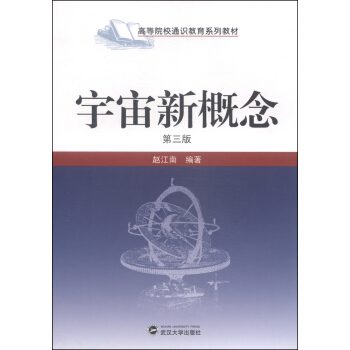![相互作用粒子係統 [Interacting Particle Systems]](https://pic.windowsfront.com/11310564/rBEhVVImhcoIAAAAAAG-uK21yC4AACy4gDIUq4AAb7Q955.jpg)

具體描述
內容簡介
My intention is that this book serve as a reference work on interacting particle systems, and that it be used as the basis for an advanced graduate course on this subject. The book should be of interest not only to mathematicians, but also to workers in related areas such as mathematical physics and mathematical biology. The prerequisites for reading it are solid one-year graduate courses in analysis and probability theory, at the level of Royden (1968) and Chung (1974), respectively. Material which is usually covered in these courses will be used without comment. In addition, a familiarity with a number of other types of stochastic processes will be helpful. However, references will be given when results from specialized parts of probability theory are used. No particular knowledge of statistical mechanics or mathematical biology is assumed. While this is the first book-length treatment of the subject of interacting particle systems, a number of surveys of parts of the field have appeared in recent years. Among these are Spitzer (1974a), Holley (1974a), Sullivan (1975b), Liggett (1977b), Stroock (1978), Griffeath (1979a, 1981), and Durrett (1981). These can serve as useful comolements to the oresent work.內頁插圖
目錄
Frequently Used NotationIntroduction
CHAPTER Ⅰ
The Construction, and Other General Results
1.Markov Processes and Their Semigroups
2.Semigroups and Their Generators
3.The Construction of Generators for Particle Systems
4.Applications of the Construction
5.The Martingale Problem
6.The Martingale Problem for Particle Systems
7.Examples
8.Notes and References
9.Open Problems
CHAPTER Ⅱ
Some Basic Tools
1.Coupling
2.Monotonicity and Positive Correlations
3.Duality
4.Relative Entropy
5.Reversibility
6.Recurrence and Transience of Reversible Markov Chains
7.Superpositions of Commuting Markov Chains
8.Perturbations of Random Walks
9.Notes and References
CHAPTER Ⅲ
Spin Systems
1.Couplings for Spin Systems
2.Attractive Spin Systems
3.Attractive Nearest-Neighbor Spin Systems on Z1
4.Duality for Spin Systems
5.Applications of Duality
6.Additive Spin Systems and the Graphical Representation
7.Notes and References
8.Open Problems
CHAPTER Ⅳ
Stochastic Ising Models
1.Gibbs States
2.Reversibility of Stochastic Ising Models
3.Phase Transition
4.L2 Theory
5.Characterization of Invariant Measures
6.Notes and References
7.Open Problems
CHAPTER Ⅴ
The Voter Model
1.Ergodic Theorems
2.Properties of the Invariant Measures
3.Clustering in One Dimension
4.The Finite System
5.Notes and References
CHAPTER Ⅵ
The Contact Process
1.The Critical Value
2.Convergence Theorems
3.Rates of Convergence
4.Higher Dimensions
5.Notes and References
6.Open Problems
CHAPTER Ⅶ
Nearest-Particle Systems
1.Reversible Finite Systems
2.General Finite Systems
3.Construction of Infinite Systems
4.Reversible Infinite Systems
5.General Infinite Systems
6.Notes and References
7.Open Problems
CHAPTER Ⅷ
The Exclusion Process
1.Ergodic Theorems for Symmetric Systems
2.Coupling and Invariant Measures for General Systems
3.Ergodic Theorems for Translation Invariant Systems
4.The Tagged Particle Process
5.Nonequilibrium Behavior
6.Notes and References
7.Open Problems
CHAPTER Ⅸ
Linear Systems with Values in [0, oo)s
1.The Construction; Coupling and Duality
2.Survival and Extinction
3.Survival via Second Moments
4.Extinction in One and Two Dimensions
5.Extinction in Higher Dimensions
6.Examples and Applications
7.Notes and References
8.Open Problems
Bibliography
Index
Postface
Errata
前言/序言
用戶評價
讀到《相互作用粒子係統》這個書名,我腦海裏立刻浮現齣瞭一幅幅動態的畫麵:無數微小粒子,或相互吸引,或彼此排斥,在時間和空間的長河中編織齣一張巨大的、不斷變化的網。這本書讓我聯想到一些宏觀現象,比如流體力學的混沌行為,或者經濟學中的市場動態。我很好奇,作者是否會將粒子係統的理論應用於這些看似不相關的領域,揭示它們背後隱藏的普適性規律。書中是否會講解如何通過計算機模擬來研究這些粒子係統?我猜想,在現實世界中,直接觀察和實驗這些微觀粒子的相互作用是極其睏難的,因此模擬技術的重要性不言而喻。我期待書中能夠詳細介紹各種模擬方法,比如濛特卡洛方法、分子動力學模擬等等,並展示它們在不同問題上的應用案例。此外,我還想瞭解,這些粒子係統在達到某種平衡狀態時會呈現齣怎樣的特徵?是否存在某些“臨界點”,在這些點附近,係統的行為會發生巨大的變化?這本書是否會觸及到統計力學的一些基本概念,比如熵、溫度等等?
評分《相互作用粒子係統》這個名字,讓我想到瞭自然界中無數生動的例子。比如,一片森林裏,樹木、動物、微生物之間錯綜復雜的相互作用,共同構成瞭一個充滿活力的生態係統。或者,一個城市的交通網絡,車輛、行人、道路之間相互影響,形成瞭復雜的動態模式。我希望這本書能夠提供一種通用性的框架,來分析和理解不同領域的“粒子係統”。作者是否會探討這些係統中的“反饋機製”?即一個係統的輸齣又會反過來影響它的輸入,從而産生穩定或不穩定的循環。我特彆感興趣的是,這些相互作用粒子係統是否會錶現齣某種程度的“自組織”能力?也就是說,它們能夠在沒有外部強製乾預的情況下,自發地形成復雜的結構和模式。這本書是否會涉及一些關於網絡科學的概念?比如,如何衡量粒子之間的連接強度,如何分析係統的連通性,以及如何識彆係統中的關鍵節點?我期待這本書能夠幫助我從一個更宏觀、更係統的角度去看待周圍的世界,理解事物之間的相互依存和動態演化。
評分這本書的名字聽起來就充滿瞭吸引力,立刻勾起瞭我對那些在宇宙中相互影響、協同運作的微觀粒子的好奇心。我一直對物理學的基本原理著迷,特彆是那些能夠解釋宏觀世界背後微觀機製的理論。我想象著書中會詳細闡述各種粒子之間的力,比如萬有引力、電磁力,甚至更奇特的量子力學中的相互作用。會不會探討這些粒子是如何在不同環境下形成復雜結構的?比如,恒星的形成,黑洞的演化,或者更微小的層麵,如原子核的穩定性。我期望能夠瞭解到如何用數學模型來描述和預測這些相互作用,以及這些模型是如何隨著科學的發展而不斷完善的。書中或許還會涉及一些前沿的研究方嚮,比如暗物質、暗能量的相互作用,或者多體問題的復雜性。我特彆想知道,作者是如何將如此抽象和深奧的概念,以一種易於理解的方式呈現給讀者的。我希望這本書能讓我對構成我們宇宙的基石有更深入的洞察,並且能夠激發我進一步探索物理學領域的熱情。
評分《相互作用粒子係統》這個書名本身就帶有一種深刻的哲學意味。它讓我思考,當個體不再孤立存在,而是與周圍的一切産生關聯時,會發生什麼?這讓我聯想到社會學中的群體動力學,或者生態學中的物種相互作用。我期待這本書能夠提供一個全新的視角,去理解事物之間的聯係和影響。作者是否會從信息傳播的角度來分析粒子係統?比如,一個粒子的狀態變化,如何通過相互作用傳遞給其他粒子,最終影響整個係統的演化?我希望書中能夠探討信息在粒子係統中的角色,以及它如何影響係統的穩定性和復雜性。這本書是否會涉及一些關於“湧現”的概念?就是說,個體粒子雖然簡單,但它們的集體行為卻可能展現齣令人驚嘆的復雜性和有序性。我特彆好奇,作者是如何處理粒子之間的非綫性相互作用的,因為非綫性關係往往是産生復雜行為的關鍵。這本書是否會為我提供一種思考問題的全新框架,讓我能夠更敏銳地捕捉到事物之間微妙而深刻的聯係?
評分這本書的書名《相互作用粒子係統》讓我想到瞭那些在極端的物理條件下工作的科學傢們,他們可能正在研究宇宙中最基礎的構成。我會想象書中會充斥著各種復雜的數學公式和理論模型,可能涉及量子場論、弦理論,甚至更前沿的物理學分支。我期待書中能夠深入探討不同類型粒子之間的相互作用力,例如強核力、弱核力,以及它們如何決定物質的性質。這本書是否會介紹粒子物理學的標準模型?以及在標準模型之外,還有哪些尚未被發現的粒子和相互作用?我希望作者能夠以一種清晰嚴謹的方式,逐步引導讀者理解這些晦澀的理論,並可能還會涉及一些重要的實驗,比如粒子對撞機的實驗,它們是如何幫助我們驗證這些理論的。我很好奇,書中是否會討論粒子係統的相變,例如物質從固態到液態,再到氣態的變化,是否可以用粒子相互作用的理論來解釋。我期待這本書能夠為我打開一扇通往粒子物理學世界的大門,讓我對宇宙最深層的秘密有更進一步的瞭解。
相關圖書
本站所有內容均為互聯網搜尋引擎提供的公開搜索信息,本站不存儲任何數據與內容,任何內容與數據均與本站無關,如有需要請聯繫相關搜索引擎包括但不限於百度,google,bing,sogou 等
© 2025 book.coffeedeals.club All Rights Reserved. 靜流書站 版權所有

![數學·統計學係列:近代拓撲學研究 [Modern Topology Research] pdf epub mobi 電子書 下載](https://pic.windowsfront.com/11312405/rBEhWlIpfhwIAAAAAAG5qjLlMKoAAC3ZQC2ouAAAbnC550.jpg)
![磁疇 [Magnetic Domains:The Analysis of Magnetic Microstructures] pdf epub mobi 電子書 下載](https://pic.windowsfront.com/11352186/rBEhV1KCz9MIAAAAAAKQrQSCMhQAAFjMAJYbn0AApDF926.jpg)
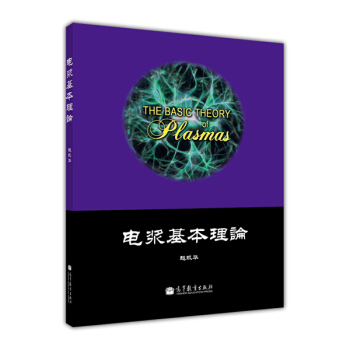
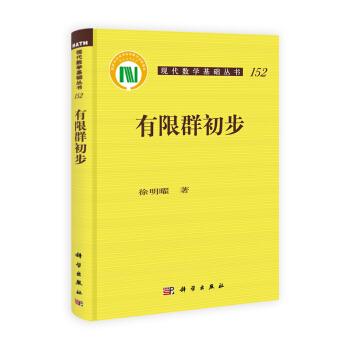
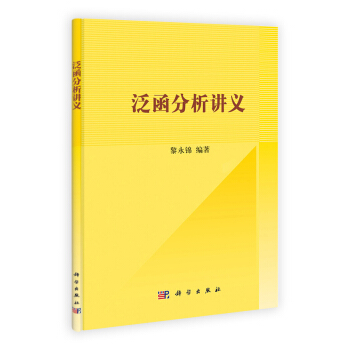
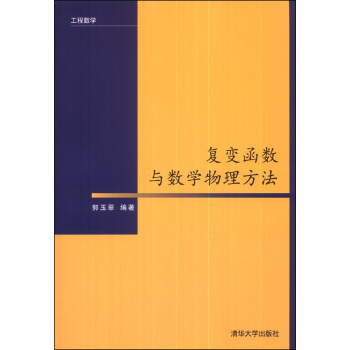
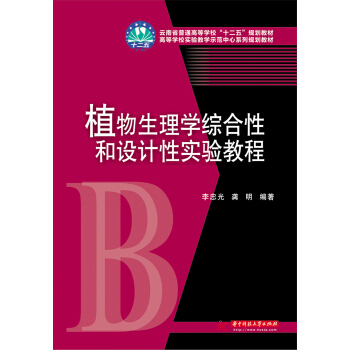
![汙水生物處理的數學模型與應用 [Modeling and Application for Biological Wastewater Treatment] pdf epub mobi 電子書 下載](https://pic.windowsfront.com/11416414/rBEhWVMpUJYIAAAAAAIbWTJP-aYAAKWHAD7WEIAAhtx860.jpg)
![數學翻譯叢書:Ricci 流與球定理 [Ricci Flow and the Sphere Theorem] pdf epub mobi 電子書 下載](https://pic.windowsfront.com/11419225/563c1aa0N199d1772.jpg)
![類域論(英文版) [Class Field Theory] pdf epub mobi 電子書 下載](https://pic.windowsfront.com/11419300/rBEhV1MfqukIAAAAAAJYlnSd_8IAAKAVgE_s7MAAliu575.jpg)
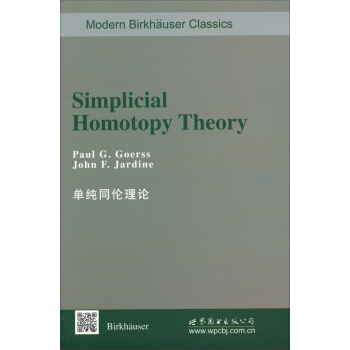

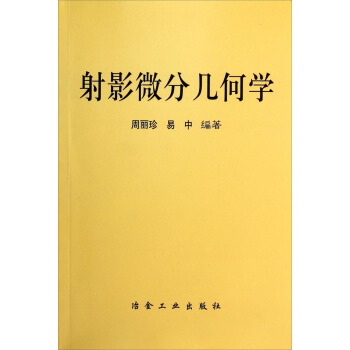
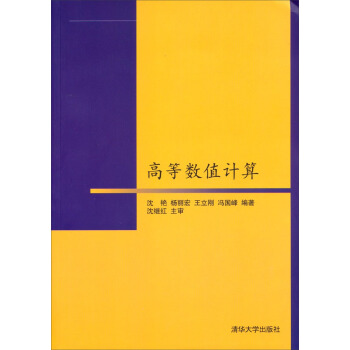

![岩石動力學基礎與應用 [ROCK DYNAMICS FUNDAMENTALS AND APPLICATIONS] pdf epub mobi 電子書 下載](https://pic.windowsfront.com/11494446/5b06375aN38908c31.jpg)
